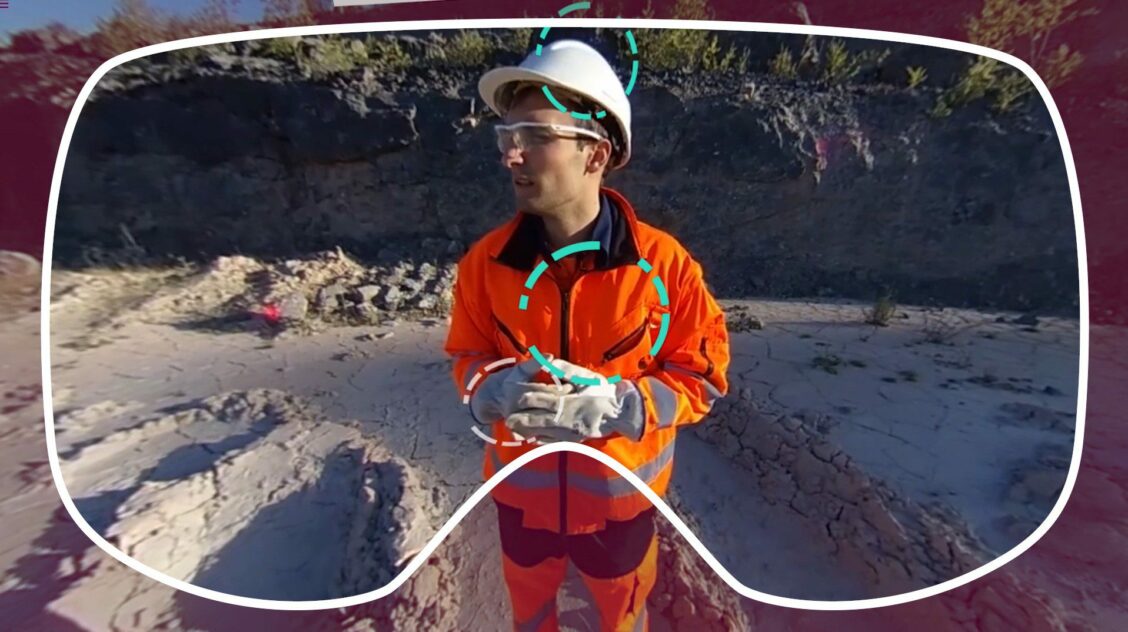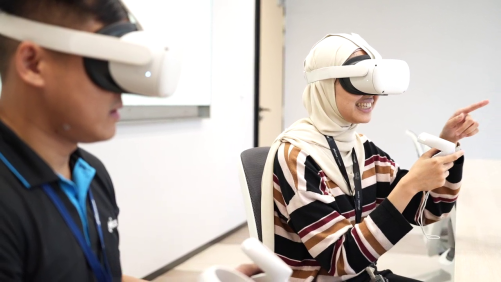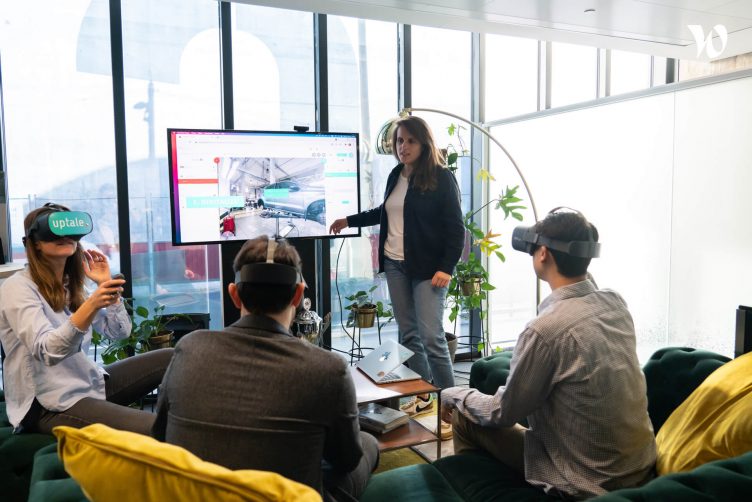Deploying immersive training across the group
Speakers : Sophie Antarieu, VR Training Project Manager and Technical Training Services
EPC Group was looking for a way to standardize their security induction with the Uptale VR training solution. By the end of the year, EPC aims to create one induction module per country. The first wave of deployment is in the Mediterranean region of Europe. The subsidiaries benefiting from the field digitization are those in France, Belgium, Morocco, Spain and Italy.

Results
Testimony
« Since the beginning of 2022, we have had a group objective to standardize our security reception with the Immersive Learning Uptale solution. The goal is to create one induction module per country by the end of the year.. »
— Sophie Antarieu, VR Training Project Manager and Technical Training Services

Deploying VR in face-to-face and remote settings
EPC used two methods to deliver VR training within the group:
In-person, by going directly to the sites to co-create a VR induction module with the teams on site
Remotely, by training the teams on the tool, by equipping them with a 360 camera and by using the FAQ and tutorial videos of Uptale
What are the steps to create and deploy immersive training in the international subsidiaries of a group?
During the filming and creation of the immersive trainings, Sophie Antarieu acted as a trainer for her colleagues in order to make sure that the future projects will be created in autonomy. What advice does she have for a successful creation and deployment abroad?
1. Plan the different steps of the creation and deployment
2. Write the detailed script of the module. It can be taken from existing security templates and will vary slightly depending on the specificities of each branch.
3. Accompany on the 360° shoot
4. Co-create the immersive training on Uptale, train on the solution
5. Test phase with the directors before deploying
What about distance learning?
What about distance learning? What if the VR trainer cannot travel to accompany the teams on site? No need to panic! Sophie Antarieu explains how to proceed:
1. Plan the different steps of the creation and deployment
2. Get to know the Uptale platform with small exercises, become aware of the possibilities of creating the solution
3. Write the detailed script of the module. It can be taken from existing security templates and will vary slightly according to the specificities of each branch
4. Run it independently
5. Accompany the design on the authoring tool
6. Test phase with directors before release
Feedback on face-to-face training
The subsidiaries do not have to invest in film equipment and can see all the stages of creation from A to Z.
The training managers do not gain autonomy immediately, especially on the editing part on the authoring tool which requires a certain investment from the teams on site.
Feedback on distance training
The training managers gain autonomy more quickly despite the fact that they are not physically accompanied from A to Z.
They are already equipped to shoot 360°. Future projects can therefore be carried out without the intervention of an Uptale expert. Sophie Antarieu only intervened a little.
Results
Session Q&A
How much time was needed to set up the modules?
« It really depends on the module. For EPC Morocco the script was very detailed, the images were great. I have become very proficient with the tool so I’m pretty quick on it and it took me a day for a ten minute module. For Spain I would like my colleague to be autonomous. Today he takes a few hours here and there, it will surely take a few days but at least he will be autonomous afterwards. So the speed of creation depends on several factors: the degree of detail of the scenario (position of the tags, educational activities…), all these elements will help the post-shooting part for the editing part. »
— Sophie Antarieu, EPC Group
« On the Uptale side, we send service providers for a few days and it’s organized into: a day of storyboarding, a day of filming, the integration of media into the experience. »
— Mathilde Lapreuvote, Uptale
Are VR headsets really useful for training?
« It’s true that the learner will be much more focused on his training when he is immersed and can do nothing else. And we also got feedback from this side. If we do it on a laptop or a computer, the scenes can be captured, can be screenshotted and can go out of the framework of the training and it is not possible for us in terms of safety. That’s why we largely favor the use of headsets. »
— Sophie Antarieu, EPC Group
«As Sophie said very well, the advantage of the headset is that we are really in a total immersion, we live the situation and above all, there is a better retention of information. If the learner does nothing, nothing happens. The feedback is unanimous on this type of use. At the end, they really have the impression of living the situation in real life. »
— Mathilde Lapreuvote, Uptale
Does the synthesized voice take away from the closeness with the trained person?
« Today the voices used are neural voices made by Microsoft technology. I find that the voices are very natural and it is much better to explain the instructions. If you have to translate into several languages, it is more convenient to use synthetic voices. »
— Camille Mulquin, Uptale
« One of the reasons is the translation, indeed. On the other hand, we also have a lot of outdoor environments so any kind of sound recording is complicated without a microphone. We’ve tried it before but we hear too much breathing and ambient noise. It’s much faster to write a script. »
— Sophie Antarieu, EPC Group




